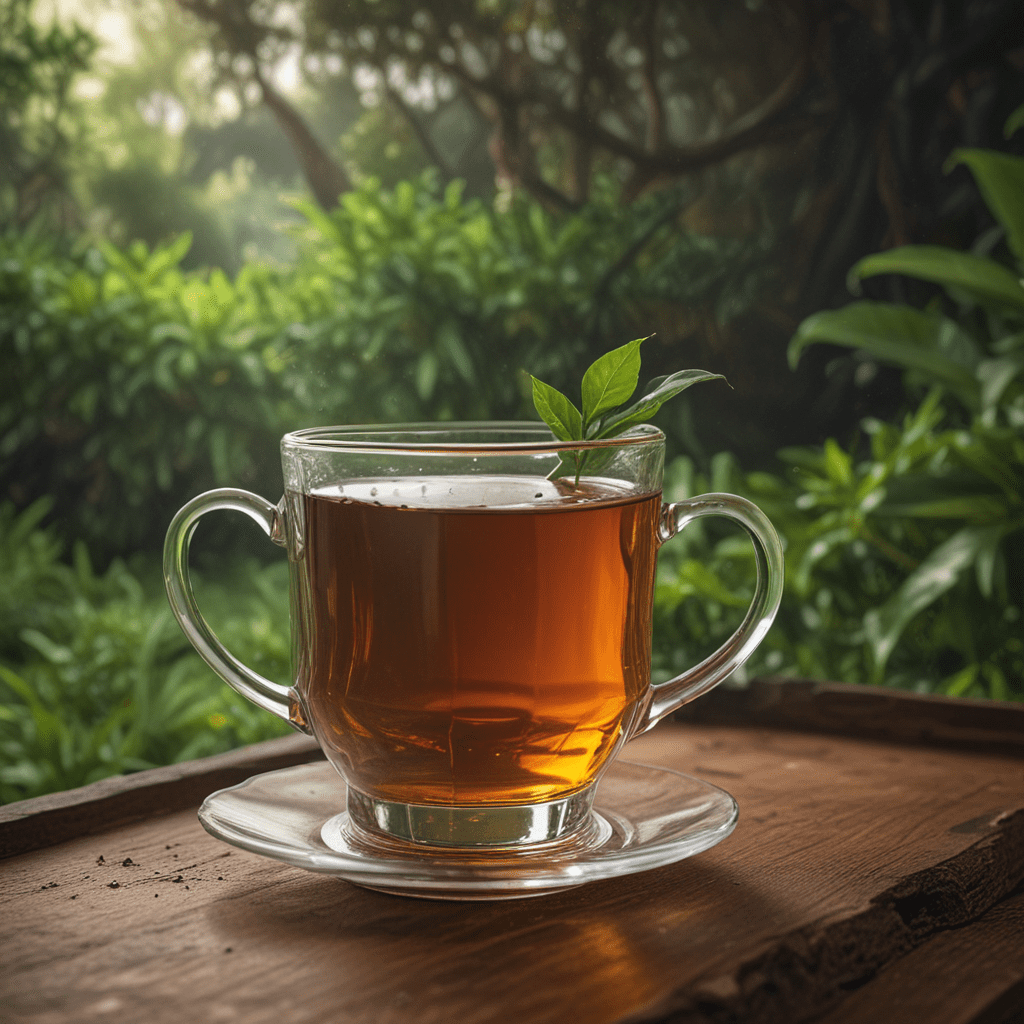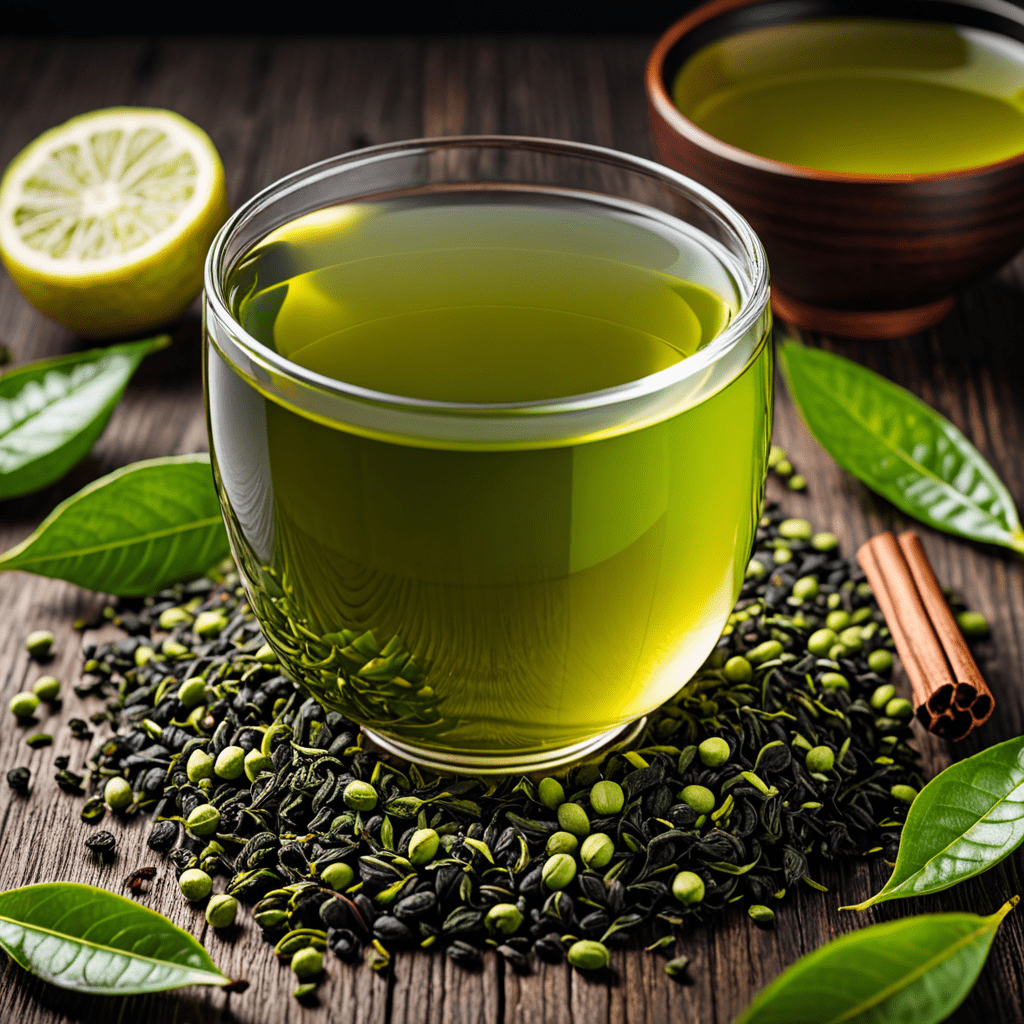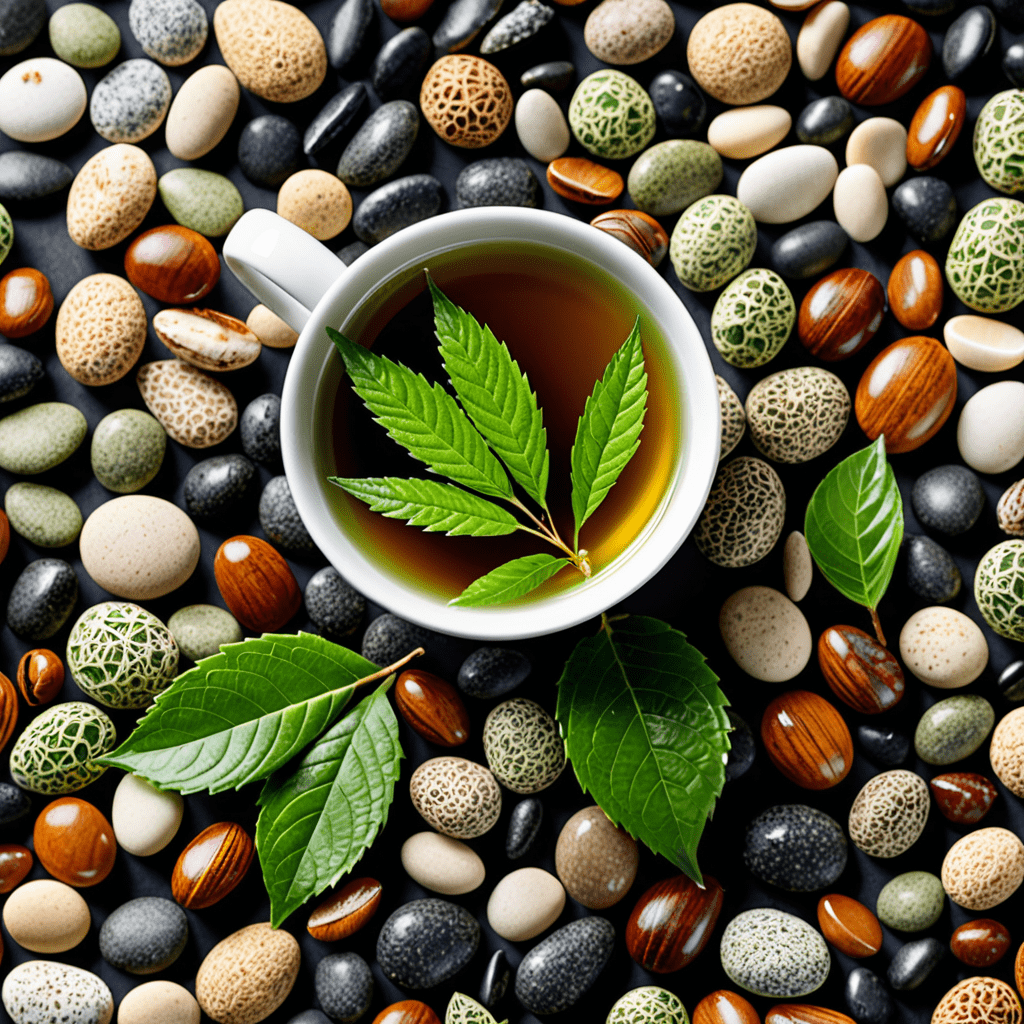
The Craftsmanship Behind Ceylon Tea Production
1. Introduction to the Art of Ceylon Tea
Ceylon tea, hailed from the verdant hills of Sri Lanka, is renowned worldwide for its exquisite flavors, vibrant hues, and invigorating aroma. The craftsmanship behind its production is a testament to generations of expertise, embodying a meticulous blend of tradition and innovation.
2. The Ideal Growing Conditions of Sri Lanka
Sri Lanka's unique geographical location, at the crossroads of the Indian Ocean, grants it unparalleled growing conditions for tea. The island's tropical climate, abundant rainfall, and diverse terrains provide an optimal environment for the cultivation of premium tea leaves.
3. The Plucking and Processing Methods
The first step in Ceylon tea production is the delicate process of hand-plucking. Two leaves and a bud are carefully selected, ensuring the highest quality and freshness. The leaves then undergo a series of traditional processing methods, including withering, oxidation, rolling, and drying.
4. The Withering and Oxidation Stages
The withering process involves spreading the leaves thinly to reduce their moisture content. This prepares them for oxidation, a critical stage where enzymes in the leaves react with oxygen to produce the characteristic flavors and colors of black tea.
5. The Rolling, Drying, and Grading Process
After oxidation, the leaves are rolled, a technique that releases essential oils and shapes them into the familiar curls. Finally, they are dried in ovens to stop oxidation and achieve the desired moisture level. The dried leaves are then graded based on their size, shape, and appearance.
6. Understanding the Different Grades
Ceylon tea is classified into several grades based on leaf size, shape, and appearance. The highest grade, Orange Pekoe (OP), consists of large, full leaves that produce a rich, full-bodied brew. Other popular grades include Pekoe (P), Pekoe Souchong (PS), and Broken Orange Pekoe (BOP), each offering unique characteristics and flavors.
7. The Blending of Flavors
Master blenders combine different grades and types of Ceylon tea to create distinct flavor profiles. By blending teas from various regions and harvests, they achieve a harmonious balance of taste, aroma, and strength. This intricate process requires years of experience and a refined palate to produce exceptional blends that cater to diverse preferences.
8. Packaging for Export and Storage
Ceylon tea is meticulously packaged to preserve its freshness and aroma during transport and storage. Tea leaves are often vacuum-sealed in airtight containers or wrapped in moisture-proof packaging. Proper storage in cool, dry conditions ensures that the tea retains its optimal quality and flavor over time.
9. Sustainability Practices in Production
Ceylon tea producers prioritize sustainable practices throughout the production process. Many estates have implemented rainwater harvesting systems, reduced chemical fertilizer use, and adopted organic farming techniques. By safeguarding the environment, they ensure the longevity of tea plantations and the well-being of future generations.
10. The Legacy of Excellence
The legacy of Ceylon tea production spans centuries, with generations of tea masters honing their craft. From the meticulous cultivation of tea plants to the intricate processing methods, every step reflects the unwavering dedication to producing the finest tea in the world. Ceylon tea continues to be a symbol of excellence, enjoyed by discerning tea enthusiasts around the globe.
FAQ
What makes Ceylon tea special? Ceylon tea is renowned for its rich flavors, vibrant colors, and invigorating aroma, thanks to the unique growing conditions and traditional processing methods employed in Sri Lanka.
How can I distinguish between different grades of Ceylon tea? Ceylon tea grades are determined by leaf size, shape, and appearance. Orange Pekoe (OP) represents the highest grade with large, full leaves, while other grades like Pekoe (P) and Broken Orange Pekoe (BOP) offer distinct characteristics and flavors.
How is Ceylon tea blended? Master blenders combine different grades and types of Ceylon tea to create unique flavor profiles. By blending teas from various regions and harvests, they achieve a harmonious balance of taste, aroma, and strength, catering to diverse preferences.
What are the sustainability practices employed in Ceylon tea production? Ceylon tea producers prioritize sustainable practices, including rainwater harvesting systems, reduced chemical fertilizer use, and organic farming techniques. These practices ensure the longevity of tea plantations and protect the environment for future generations.
Why is Ceylon tea considered a legacy of excellence? The legacy of Ceylon tea production spans centuries, with generations of tea masters honing their craft. Every step in the process, from cultivation to processing, reflects their unwavering dedication to producing the finest tea in the world, making Ceylon tea a symbol of excellence enjoyed by tea enthusiasts around the globe.

